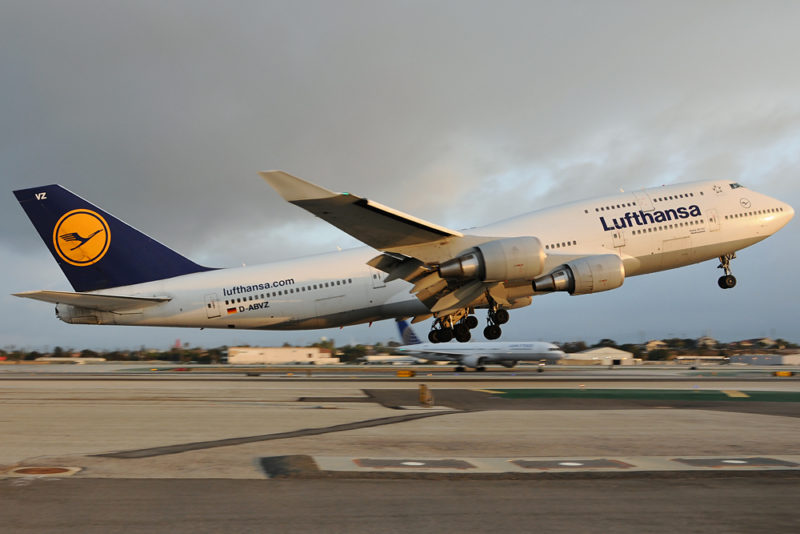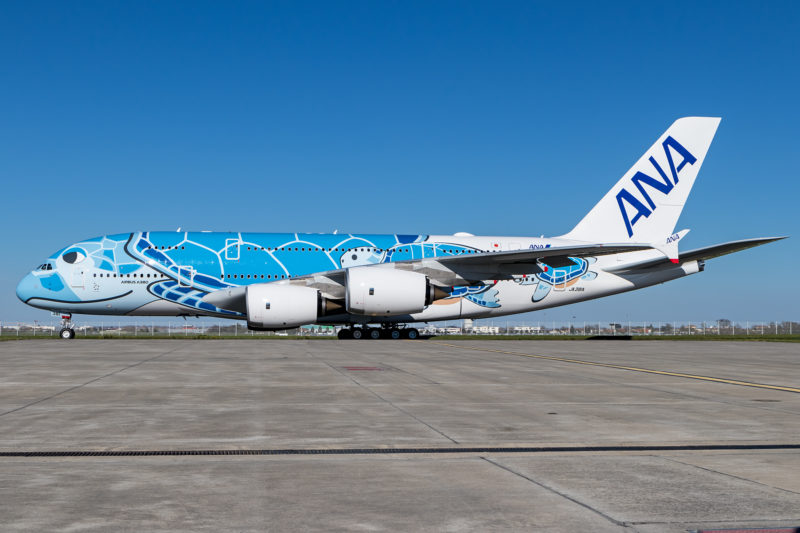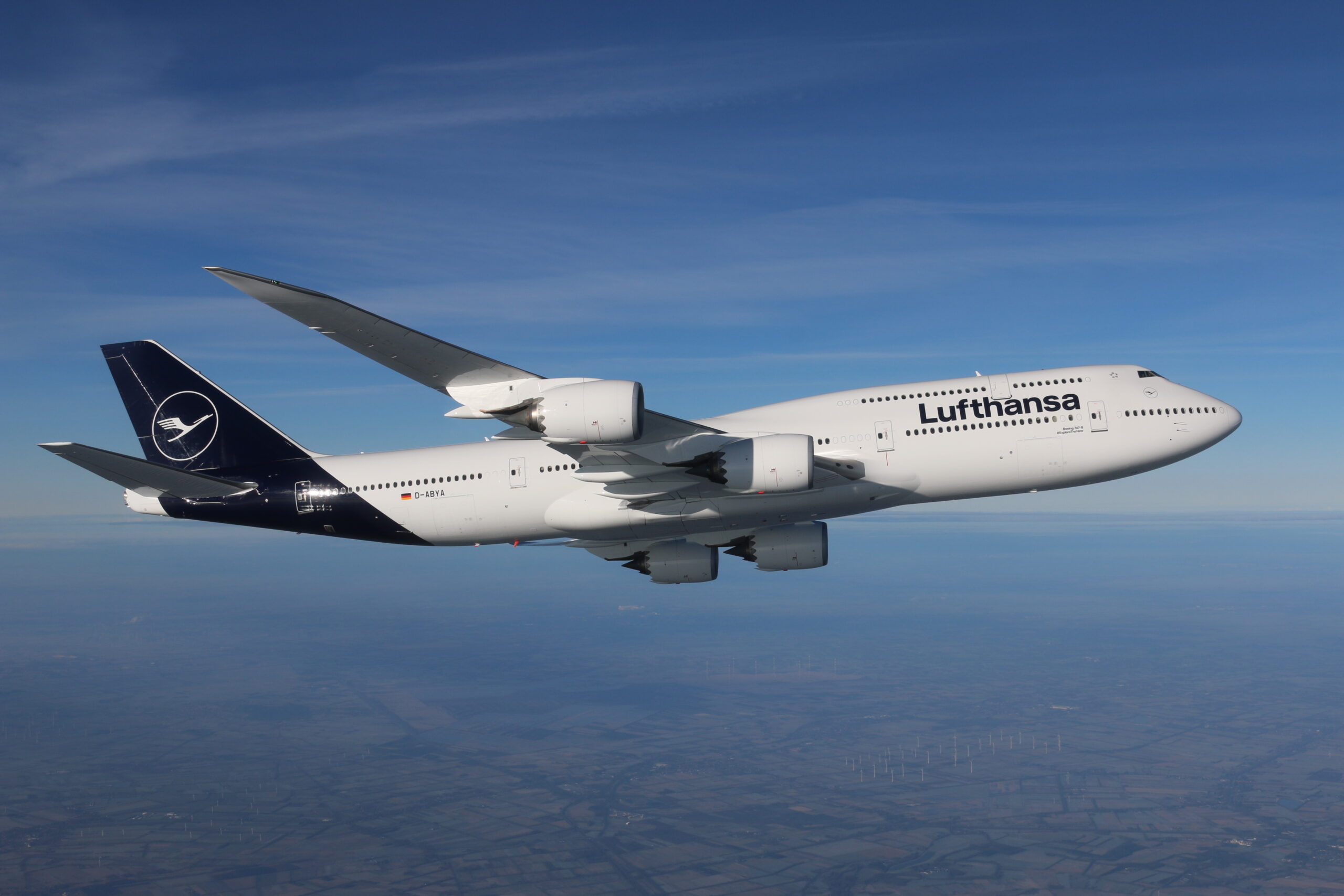As airlines begin to release their H1 (January to June) results, a trend of largely negative results is emerging. However, most have reported improvements between late May and June, providing much-needed optimism for the airline industry.
In this article, we will examine the results of three major airlines: Etihad Airways, Lufthansa and ANA. We will release more results in the coming weeks.
Side-by-Side Comparison
| Etihad | Lufthansa | ANA | |
| Passengers Carried (H1) | 3,500,000 | 23,500,000 | 11,244,943 |
| Percentage Change (Year-on-Year) | -58% | -66% | -57% |
| Passenger Load Factor | 71% | 72% | 43% |
| Percentage Change (Year-on-Year) | TBD | -9% | -40% |
| Operating Revenues | $1.7 billion | $9.8 billion | $4.86 billion |
| Percentage Change (Year-on-Year) | -38% | -52% | -49% |
Etihad Airways
In announcing their H1 results, Abu Dhabi-based Etihad Airways noted record-breaking growth between January and March; however the results from then on are a different story. Etihad suspended regular passenger flights in March due to COVID-19. those services resumed in June.
“[A strong start to 2020] left us in a relatively robust position when COVID-19 hit, allowing us to act with agility, and to mobilise all available resources as the crisis deepened, taking major steps to reduce costs,”
Tony Douglas, CEO, Etihad Aviation Group
Throughout the shutdown period, Etihad operated over 640 special repatriation flights to 45 destinations. However, Etihad lost $758 million throughout H1 – an increase of over 22% year-on-year. Such figures were not surprising, as Etihad has been steadily losing money for four years – $5.6 billion in fact.
Before COVID-19, Etihad planned to return to some profitability by 2023. Over the past five years, the airline has been shrinking their lavish fleet, network and workforce. It is unclear as to what impact COVID-19 will have on this plan.
Despite a 38% drop in passenger revenue, cargo revenue increased to $490 million – a 37% increase year-on-year.

Lufthansa
After posing a $1.78 billion loss, Lufthansa says they intend to cut 22,000 full-time jobs. Furthermore COVID-19 has sparked a downsizing plan for the airline, which will see their fleet be reduced by 100 aircraft.
Lufthansa’s ReNew restructuring program has seen the German Government take a 20% stake in the airline.
“We are experiencing a caesura in global air traffic. We do not expect demand to return to pre-crisis levels before 2024…We were able to counteract the effects of the coronavirus pandemic in the first half of the year with strict cost management,”
Carsten Spohr, CEO, Lufthansa Group
In terms of Lufthansa’s outlook, a small rebound has begun. The airline is benefiting from the first signs of recovery on tourist routes, especially with their leisure brands (Eurowings and Edelweiss).
Moving forward, Lufthansa has vowed to continue expanding their short-haul flight program and increase capacity. Overall group capacity is now sitting at around 20%.

All Nippon Airways (ANA)
Despite a major slowdown in their international market, ANA has continued a relatively strong domestic performance. Furthermore June saw a 232% increase in passenger carriage, compared to May. Nevertheless, ANA is currently sitting at 15% passenger carriage year-on-year.
Moving forward, ANA will continue suspensions of around 90% of their international services throughout August and September. The airline cited stricter border measures and more stringent quarantine requirements.
In a presentation to the ANA executive, CEO Shinya Katanozaka explained that one Boeing 767-300 Freighter was retired between May-June.
Mr Katanozaka also shared a new strategy for ANA, which will see an immediate reduction in business scale. In the medium-term future, ANA will re-expand their business scope toward a growth trajectory.
“Passenger demand for both international and domestic flights declined significantly…While we aggressively worked to offset lost revenue by catering to the increased demand for international cargo transportation … we were unable to offset the unprecedented impact of COVID-19.”
Ichiro Fukuzawa, Chief Financial Officer, ANA



